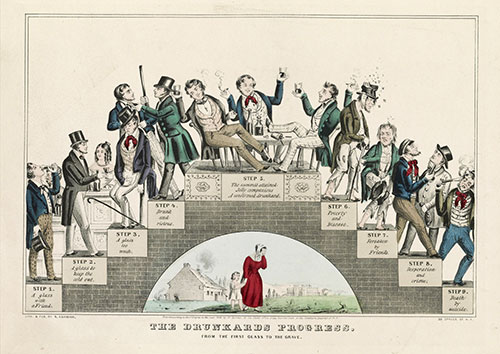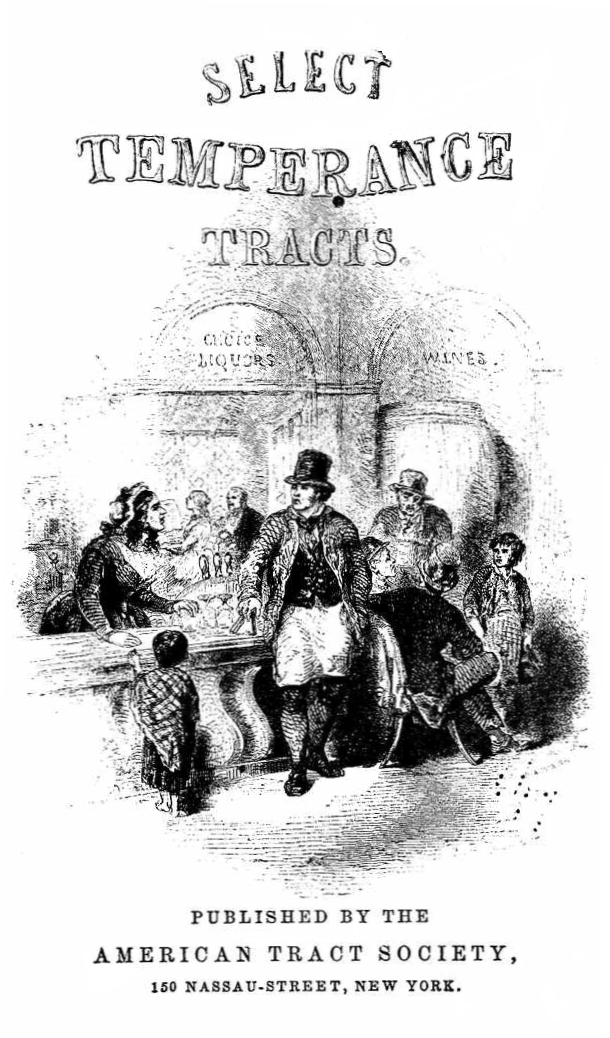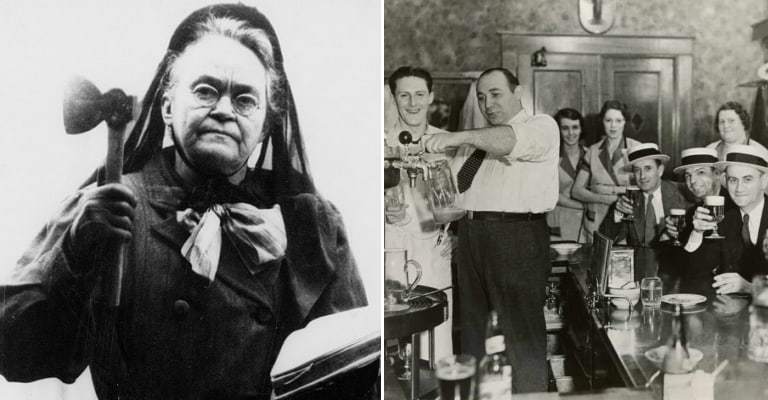Reference




OpenAI's Answer
The White Cross Army and the temperance movement shared notable similarities in their structures, reflecting their common goals and social focus.
White Cross Army
The White Cross Army, a Christian moral and social reform movement, particularly aimed at promoting purity and combating immorality among working-class men. It was characterized by:
-
Organizational Structure:
- Based on military-style hierarchy.
- Used ranks and titles to designate responsibilities and duties within the organization.
- Modeled after existing temperance organizations, reflecting a systematic and disciplined approach.
-
Target Audience:
- Focused primarily on working-class men, encouraging them to adopt a lifestyle of moral integrity and purity.
-
Methods:
- Utilized moral exhortation and personal pledges to foster commitment to their cause.
- Emphasized collective action and mutual support among members.
Temperance Movement
The temperance movement, which aimed to curb alcohol consumption and later promote abstinence, had a well-developed structure:
-
Organizational Structure:
- Hierarchically organized with local, regional, and national levels.
- Featured a detailed and elaborate system that often mimicked fraternal organizations like the Freemasons.
-
Key Organizations:
- Woman's Christian Temperance Union (WCTU): One of the most prominent groups, which also took on other social causes such as women's suffrage.
- Order of Good Templars: An early international temperance organization.
-
Target Audience:
- While initially targeting men, it expanded to include women, children, and families, advocating for a more comprehensive societal reform.
-
Methods:
- Used a combination of moral persuasion, education campaigns, and political action.
- Employed public pledges, temperance literature, and rallies to spread their message and garner support.
Comparison
The structures of both the White Cross Army and the temperance movement were similar in their hierarchical organization and collective approach:
- Hierarchy: Both movements used structured organizations mimicking military or fraternal systems to foster discipline and collective action.
- Local to National Reach: Both had local chapters that were part of a larger national framework, allowing for coordinated efforts across regions.
- Moral Reform: Aimed at promoting moral behavior among its members and the broader public through personal pledges and public campaigns.
For a more detailed exploration, you can refer to the respective Wikipedia pages:
Follow Up
Related
When is the birthday of the modern U.S. Army Signal Corps celebrated?
Why did President Lincoln say, 'as we had captured the rebel army, we had also captured the rebel tu
What was the purpose of the $2000 in the army appropriations bill of 1861?
Who were the leaders of the Grand Army of the Republic?
What regions in Britain had most of the White Cross Army branches?